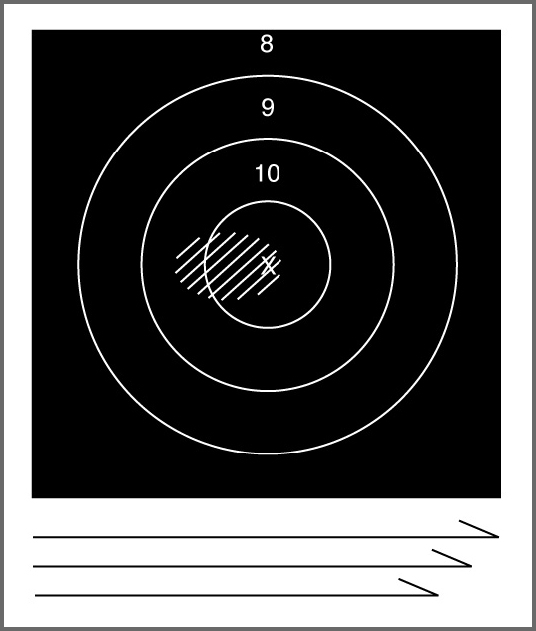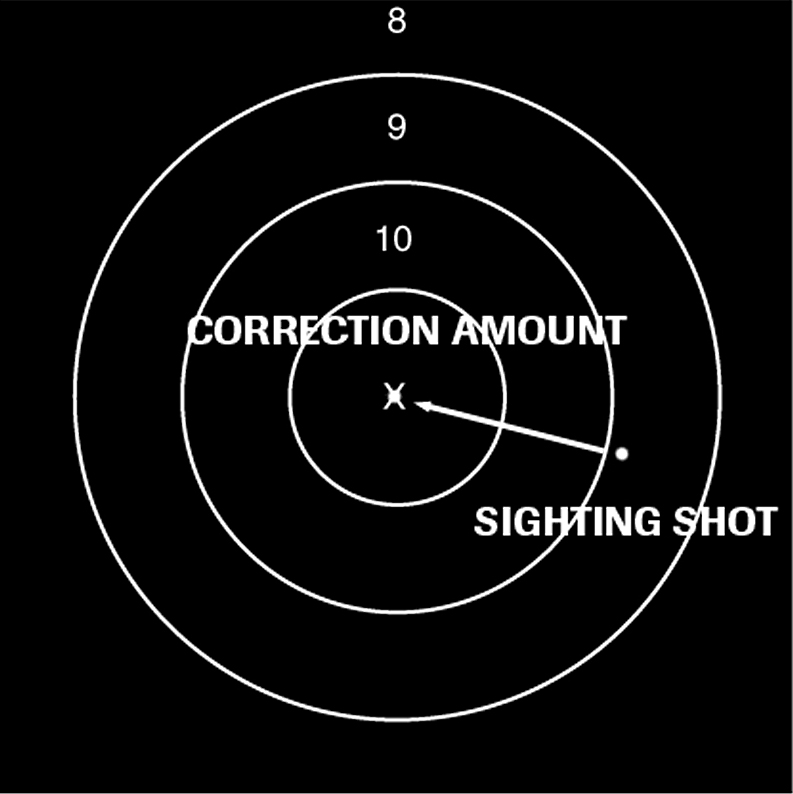Putting it together: follow these suggestions and lose your fear of the wind!
Glen Zediker
Up to here we’ve talked over the influential factors wind brings with it. Here’s how to take it right back to the wind.
First, there are two essential “types” of shooters with respect to how they adjust for the wind on each shot. Dopers and chasers. I’m a chaser. A doper, wind doper, is one who carefully studies inputs and makes what amounts to a unique correction for each round fired. I say unique because it takes more time. They constantly evaluate and calculate the influence and often do much of it using one of the hand-held wind-meters talked about earlier.
I’m a “spotter-chaser,” which is actually a tad amount demeaning term branded on my style by the dopers. Technically I’m not really “chasing the spotter,” which means adjusting based solely on the position of the last shot. No. I’m anticipating a needed change based on observation between shots, but I’m doing it quickly, and I use the spotter location to confirm or modify my setting. That tells me if I’m seeing what I think I’m seeing. (A spotter is an easily-visible disk on a spindle that’s inserted into the location of the last shot hole by the folks pulling targets in the pits.)
Remember what was said last time about wind cycles? Usually there’s between 6-8 minutes before a cycle repeats, a little more or a little less. I want to get all my rounds downrange, if target pit service allows, during one cycle. Shooting into a build-up, watch for indications of a wind velocity increase. If the wind is moving left to right, I don’t want to see anything too close to the right edge of the 10-ring; I hedge a half-minute of angle or so to guard against losing a shot that direction if there’s an increase I missed, but not hedging so much that I’ll be too close to the left edge if I misread and overcorrect for a pick-up.
Pick one indicator, stay with it.

There are resources that give clues or evidence of wind direction and strength: wind flags, observation of grass and trees, and mirage.
Almost always I use mirage as my leading indicator. Mirage (heat waves) is always present but you’ll need a scope to read it. For 600 yards I focus my scope about halfway to the target. Mirage flows just like water and the currents can be read with respect to wind speed as well, but it’s not clearly accurate beyond maybe a 15 mph speed. The thing is that mirage shows changes, increases or decreases, and also direction shifts, really well.
A couple more things about mirage flow: when mirage “boils,” that is appears to rise straight up, either there’s no wind or the scope is dead in-line with wind direction. And that’s a quick and accurate means to determine wind direction, by the way, move the scope until you see the boil and note the scope body angle. It’s also how to know when a “fishtail” wind is about to change, a boil precedes a shift.
I use a long-eye-relief 20X to 25X wide-angle eyepiece. That setup shows the flow best. And pay attention to where the wind is coming from! See what’s headed your way, because what’s passed no longer matters. That’s true for any indicator. Right to left wind? Read off the right side of the range.

Once I get on target then all I am doing is watching for changes. It’s really uncommon to make a big adjustment between shots. Once a string starts it’s ones and twos, back and forth. The fewer condition changes you are enduring, the easier it is to keep everything on center. That’s why I shoot fast, and that’s why I start at the low point in a wind cycle.
Speaking of getting on target. If it’s an NRA High Power Rifle event, you’ll get two sighters. I put my best-guess correction on before the first sighter, plus two clicks extra into the wind. Example: it’s quartering left to right and I’m guessing 2MOA, so that’s 8 clicks in the “left” direction, so I put on 10. That’s how I find out if I saw what I thought I saw. Then, and this is very important: Make a full correction off the result of that first sighter! Put the clicks on that would have centered that shot. The exception is if there was a notable change sensed between the first and second, but, even so, first sighting shot location lets you know if you got the value (what the wind is worth) under control. There’s one more round to go before you’re on record, so interpret from that and start the string.

If you’re not at an organized event, having a spotter helps! Getting someone to watch for impacts while you shoot is a huge time-saver.
Information in this article was adapted from material in several books published by Glen Zediker and Zediker Publishing. Glen is a card-carrying NRA High Master and earned that classification in NRA High Power Rifle using an AR15 Service Rifle. For more information and articles available for download visit ZedikerPubllishing.com








